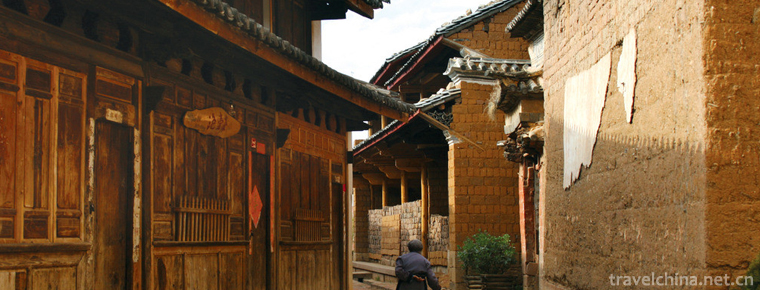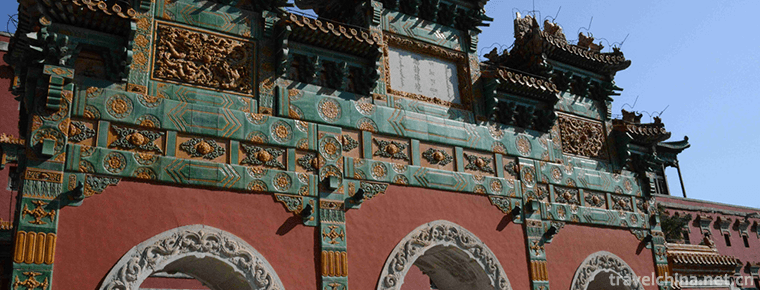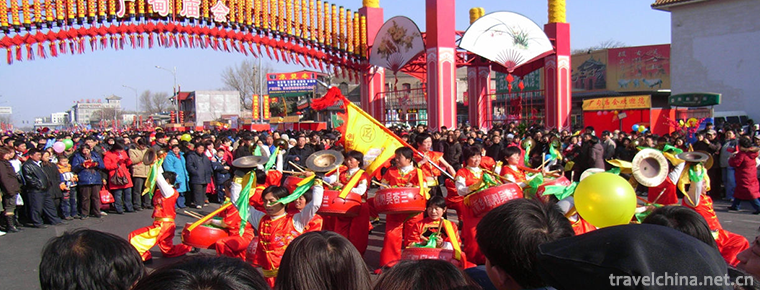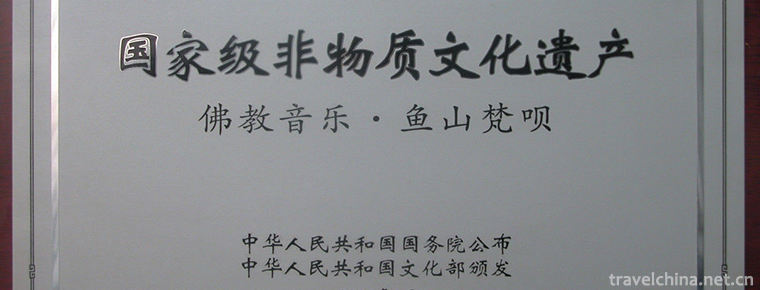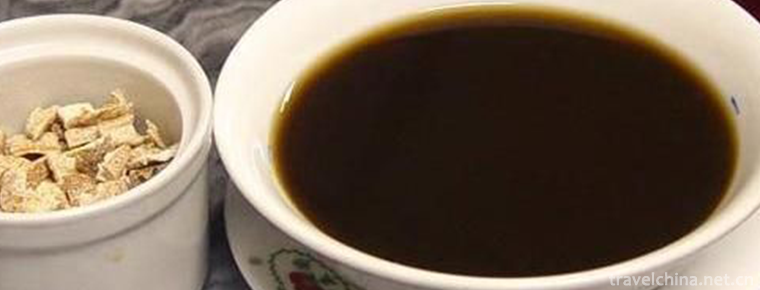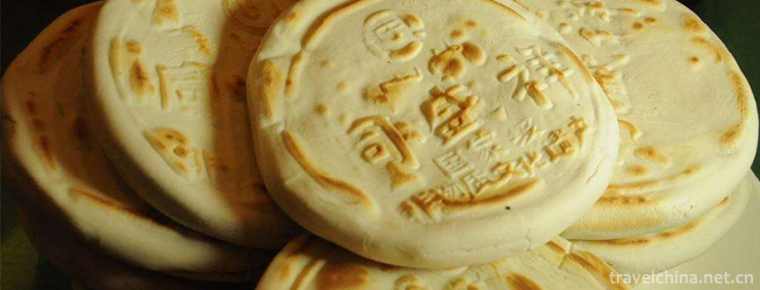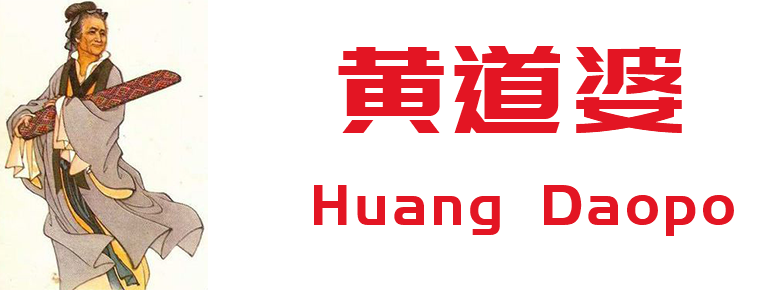Baoan Waist Knife Forging Techniques
Baoan Waist Knife Forging Techniques
Baoan waist knife forging technology, Gansu Province Jishishan Baoan Sala Autonomous County traditional handicraft, one of the national intangible cultural heritage.
The process of Baoan waist knife calcination is complex, up to 80 processes, the main processes are forging, sculpture, handle making, sheath making and so on.
On May 20, 2006, Baoan Waist Knife forging technology was approved by the State Council and listed in the first batch of national intangible cultural heritage list, item number_-42.
historical origin
Security guards have a long history of making waistknives. The emergence of security waistknives is closely related to the military activities of the Yuan Dynasty.
In 1227, during Genghis Khan's Eastern Expedition, some officers, soldiers and craftsmen from Central Asia were left in Tongren area of Qinghai Province. These colours lived side by side with the local Mongolian, Han, Hui, Tibetan and Tujia nationalities, intermingled with each other and gradually formed a security clan. After they settled in Baoan City, there were many handicraftsmen, mainly blacksmiths, goldsmiths, carpenters, shoemakers and so on. Although the blacksmiths at that time mainly made military equipment, such as guns, bows and arrows, they had strong knife-making qualifications because of their "one-line" iron-smelting technology. After migrating to Dahejia, owing to the influence of living conditions, the knife made by the security guards not only keeps the function of self-defense, but also has the nature of commodities. They began to exchange "knives" for cattle, sheep and other daily necessities of local herdsmen. From then on, the security knife made by the security guards with their own unique iron smelting technology is closely linked with economic development.
After the founding of New China, the production of security waist knives has gone through the road of collectivization twice, and two production brigades of waist knives factories have been established, but it is very depressed. During the "Cultural Revolution", knife-fighting was regarded as "abandoning agricultural economy", "artisans working alone and engaging in capitalism", and was banned. Since the new period, the security knife has been revitalized.
Process characteristics
The security waist knife is beautiful in shape and exquisite in craftsmanship. It is not only a living appliance, but also a chic ornament. It is loved by people of all nationalities in Northwest China.
There are many kinds of security waist knives with different characteristics. The famous waist knives are "Shi Fan Jin", "Shi Fan Jin Shuang Dao", "Ya Wang Qi", "Bori Ji", "One Dao Line", "Shuang Luo", "Man Bao", "flat sheath", "Mongolian Dao", "Kazakh Dao", "Fish Dao" and so on. Specifications are 5 inches, 7 inches and 10 inches. On the knife face, various designs such as hand, dragon and plum blossom are engraved respectively. Among them, the most beautiful is "what kind of brocade". This kind of waist knife handle is mosaic with what kind of brocade, the pattern is harmonious and gorgeous. Golden yellow, emerald green, azure blue, dark black, silver, peach red... Colorful with plum blossoms. Silver-white scabbard, wrapped in three copper bands of jujube red, is particularly dazzling. There is a small hole in the upper part of the scabbard with a unique copper ring. When the knife is pulled out of the sheath, the blade is shining and cold.
Technological process
Draw materials
The quality of the security waist knife has a great contribution to raw materials, forging materials are mainly iron, followed by horn, copper (mainly copper, red copper, brass), wood, wire, yarn wheel, etc. In addition, the fuel for making knives is also very particular. Generally speaking, the fuel is mainly charcoal. The main tools for making waist knives are bellows, anvils, hammers, hammers, pliers, drills, scissors, three or four steel files, vise pliers, picks, gills and other small tools.
Technological process
Traditional Baoan waist knife manufacturing process ranges from 30 to more than 80, including forging, sculpture, knife handle production, scabbard production and other links. When forging waist knives, the preferred iron is forged repeatedly, split and added steel, and then quenched. There are seven stars, five plums, a dragon and a master on the surface of the knife with fine decoration. When making knife handle, brass sheet, red copper wire, white iron wire, horn, plastic and other materials should be processed separately, then they are laminated and riveted, then carved various vivid and exquisite patterns, and finally polished and polished. The sheath is mostly copper hoop with iron sheath, which is equipped with steel tweezers. It not only increases the beauty of the sheath style, but also prevents the blade from sliding out of the sheath.
Inheritance and protection
Inheritance value
Security waist knife brings security guards not only a long history, but also a handicraft handed down from centuries to centuries, but also a lively national culture of security.
From the spiritual value of its inheritance, the practice of making waistknives by "Goer" generations accumulated valuable and spiritual wealth: such as the spirit of upholding faith and optimism, the spirit of never giving up and striving for perfection, the legend of "the first hand" who is not afraid of power, and the spirit of "the first hand" which is embodied in the knife handle embedding "Sunnetti". Adhere to the spirit of justice; in the process of business quality first, integrity-based spirit. These spirits are the important values behind the process of making security waist knives and play an important role in improving and enriching the national culture of the security people.
Inheritance status
The opening of the market has opened up the market for security waist knives and injected new vigor into this long-standing national craft. Security guards have successively built many national knife factories, concentrating on highly skilled craftsmen, adding new equipment and organizing mass production. However, in this case, the traditional skills have gradually developed from the original manual operation to semi-mechanization, and there is a crisis of inheritance of traditional skills.
Inheriting characters
Zhigubai, male, Baoan nationality, born in 1934, died in 2009, Ganchao Jishishan people. The first batch of state-level intangible cultural heritage projects are the inheritors of the waist knife forging skills of the Baoan nationality.
Ma Weixiong, male, Baoan nationality, born in Jishishan, Gansu Province in 1958. The first batch of state-level intangible cultural heritage projects are the inheritors of the waist knife forging skills of the Baoan nationality.
protective measures
In 1957, the government organized dispersed knife-makers, established a knife factory, purchased machines and started mass production of security knives.
Linxia Hui Autonomous Prefecture Ethnic Song and Dance Troupe, with the theme of Baoan waist knife, arranged a song and dance reflecting the life of Baoan nationality - "Baoan waist knife".
social influence
international repercussions
In 1980, security waist knives were sold to Gansu, Qinghai, Ningxia, Xinjiang, Sichuan, Tibet, Inner Mongolia, Yunnan and other places, and some were also exported to Hong Kong, Macao, Japan, Western Europe, India, Saudi Arabia and Nepal.
In March 1985, Ma Shaoqing, then chairman of Gansu Youth Federation, visited Japan with the Chinese Youth Delegation. He presented a waistknife to Japanese youth friends and was very popular.
Honorary commendation
In 1991, Ma Ji, Ma Zhanlin and other design and production of copper flat sheath belt lock waist knife, in the sixth Gansu Province Arts and Crafts 100 Flowers Award evaluation meeting, was awarded the second prize for excellent creative design, in the provincial metal process quality evaluation Award for excellent products.
In 1999, Ma Fuxiang's design and manufacture of security knife - "Cloisonne General Sword" won the national patent for shape design.
In 2009, Jingtailan Security Waist Knife made by Jishishan Security National Waist Knife Manufacturing Co., Ltd. won the Gold Prize of Cultural Products of the 4th Gansu Cultural Industry Exposition.
In 2012, Baoan Waist Knife won the National Silver Award for Leisure Agriculture Creative Excellent Northwest Competition Area.
Cultural anecdotes
According to legend, long ago, there was a young security man named Bozhiji, who was honest and kind with knife fighting skills. He often bought money and food in exchange for knife fighting to help poor villagers. This caused discontent among the local rich and often forced him not to help the poor. Bozhiji feared violence and would rather die than surrender. He was brutally cut off by the rich man's right hand. In order to commemorate the upright security craftsman, people later carved the figure of a hand on the waist knife they made, and called the knife "Boji" knife, which has been circulating ever since.
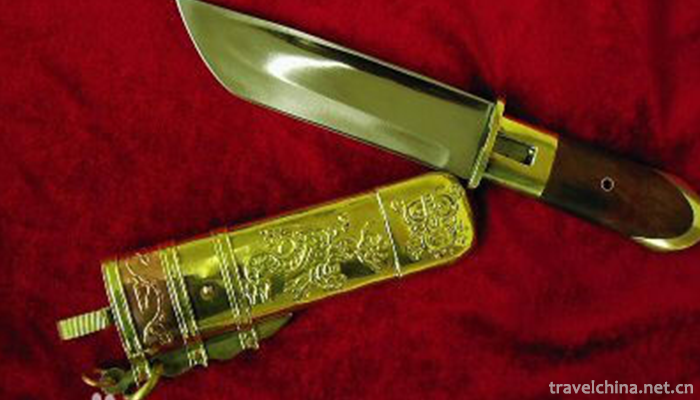
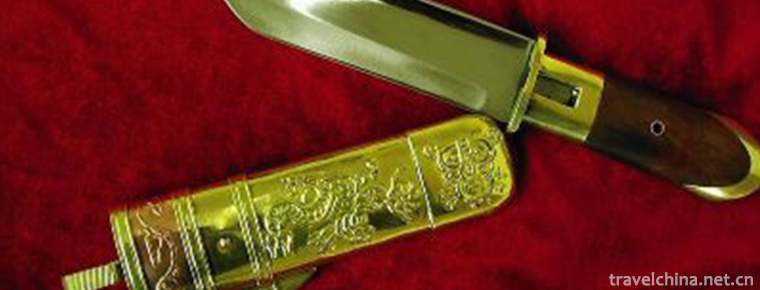
Baoan Waist Knife Forging Techniques
-
Ancient town of Shaxi
Shaxi is located in the southeast of Jianchuan in Dali, Yunnan Province, China
Views: 237 Time 2018-10-17 -
Yuanyi Shuangfeng Lake International Tourist Resort
Yuanyi Shuangfeng Lake International Tourist Resort in Anhui Province is a high-level tourist resort integrating Golf and leisure. Located in the beautiful scenery, with a total area of more than 2000
Views: 153 Time 2018-12-23 -
Putuo Zong Cheng
Putuo Zongcheng Temple, located in the north of Chengde Summer Resort and south of Shizigou, Hebei Province, covers an area of 220,000 square meters
Views: 182 Time 2019-02-07 -
Changdian Temple
Changdian Temple Fair is a traditional folk custom and folk religious belief activity in Beijing. Among the many temple fairs in the old capital city, only the temple fairs in Changdian
Views: 188 Time 2019-04-16 -
Buddhist music
Buddhist music, the music used by Chinese Buddhist temples and believers in religious ceremonies. Buddhism believes that music has the function of "offering" and "praising Buddha".
Views: 107 Time 2019-04-29 -
Herbal tea
Herbal tea is the general name of traditional Chinese herbal medicinal plant beverage. Guangdong herbal tea is the representative of traditional Chinese herbal tea culture. Herbal tea is a kind of bev
Views: 214 Time 2019-05-13 -
Production Techniques of Tongshengxiang Beef and Mutton Bubble
Tongshengxiang steamed beef and mutton steamed bun was founded in 1920. It was named Tongshengxiang with the meaning of "prosperity and auspiciousness". Its steamed bread is made of meat of
Views: 193 Time 2019-06-21 -
Changsha Tanci
Changsha Tanci is a traditional opera in Hunan Province. It is popular in Changsha, Yiyang, Xiangtan, Zhuzhou and Liuyang of Hunan Xiangjiang River and Zishui River basin. Changsha Tanci derives from
Views: 284 Time 2019-07-25 -
Huang Daopo
Huang Daopo (1245 - 1330), also known as Huang Po , Yellow mother , Songjiang prefecture Wu Najing town (now Xuhui District, Shanghai) Huajing town People, famous at the end of Song Dynasty and early
Views: 141 Time 2019-09-07 -
Cheongsam production technology
Most of the classical flag dresses have straight lines. The body is loose and the two sides are split. The bust and waist circumference are close to the size of the dress. The appearance of cheongsam is generally required to have all or part of the following characteristics:
Views: 160 Time 2020-12-11 -
Neijiang scenic spot
Daqianyuan scenic spot is located in Yuanding mountain, Dongtong Road, Neijiang City, Sichuan Province. It integrates Zhang Daqian memorial hall, Zhang Daqian Museum, Zhang Daqian Art Museum, Zhang Daqian's former residence, Xilin temple, Lulan cave cliff tombs,
Views: 344 Time 2020-12-16 -
Guangan science and technology
In 2019, 16 new high-tech enterprises will be cultivated in Guang'an City, 107 of which will be put on record by the Ministry of science and technology. One provincial high-tech industrial park, one provincial engineering technology research center and two
Views: 359 Time 2020-12-19
